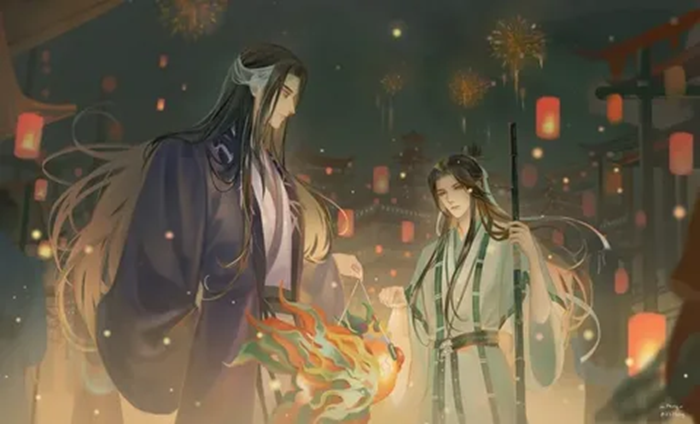The novella genre originated in China during the Tang Dynasty (7th–10th centuries). These short, entertaining stories about heroes, love, and moral development were in many ways similar to modern Chinese novellas: characters overcome difficulties, discuss philosophical topics, and teach the reader, and in the end, good triumphs and the heroes happily ride off into the sunset.
Most novellas are written in the wuxia and xianxia genres. Wuxia is a story about ordinary people who become heroes through persistent training. Xianxia, in turn, tells about immortal heroes: gods, demons, and sorcerers. The only significant difference between the genres is that in one of them, myths and legends are real. But both genres are similar in the ways in which characters are improved. Usually, it refers to the Taoist concept of cultivation, where it is based on physical and spiritual training, such as internal alchemy
The path can be different, but usually includes some restrictions: abstinence, maintaining the internal purity of the body (eating only certain foods) or following strict rules. All this is accompanied by physical (usually sword practice) or mystical (development of special abilities) training.
To create monsters that the heroes will fight, the authors of novels often turn to the vast and intricate Chinese mythology. For example, the tortoise-destroyer Xuan-wu from “The Grandmaster of Demonic Cultivation” is a distorted divine beast, a cross between a tortoise and a snake. Although more common are simpler images – gui and yaoguai, that is, spirits and ghosts, to which the authors then give the necessary features. The result is the risen dead, river ghouls, demons and other otherworldly creatures. What abilities they are endowed with and how they will ultimately become demons is left to the author’s discretion. Thus, in “Blessing of the Celestials”, if the soul after death does not find peace due to an unfulfilled desire, it can go from a will-o’-the-wisp to a demon prince.
At the same time, the authors also depart from the usual concept of the struggle between good and evil, where good is always ideal and righteous, and evil is terrible and requires complete destruction. The main characters are now imperfect, they can make mistakes and are punished for this (sometimes very deservedly). Demons do not seek to destroy humanity, and gods do not stand up for people.

